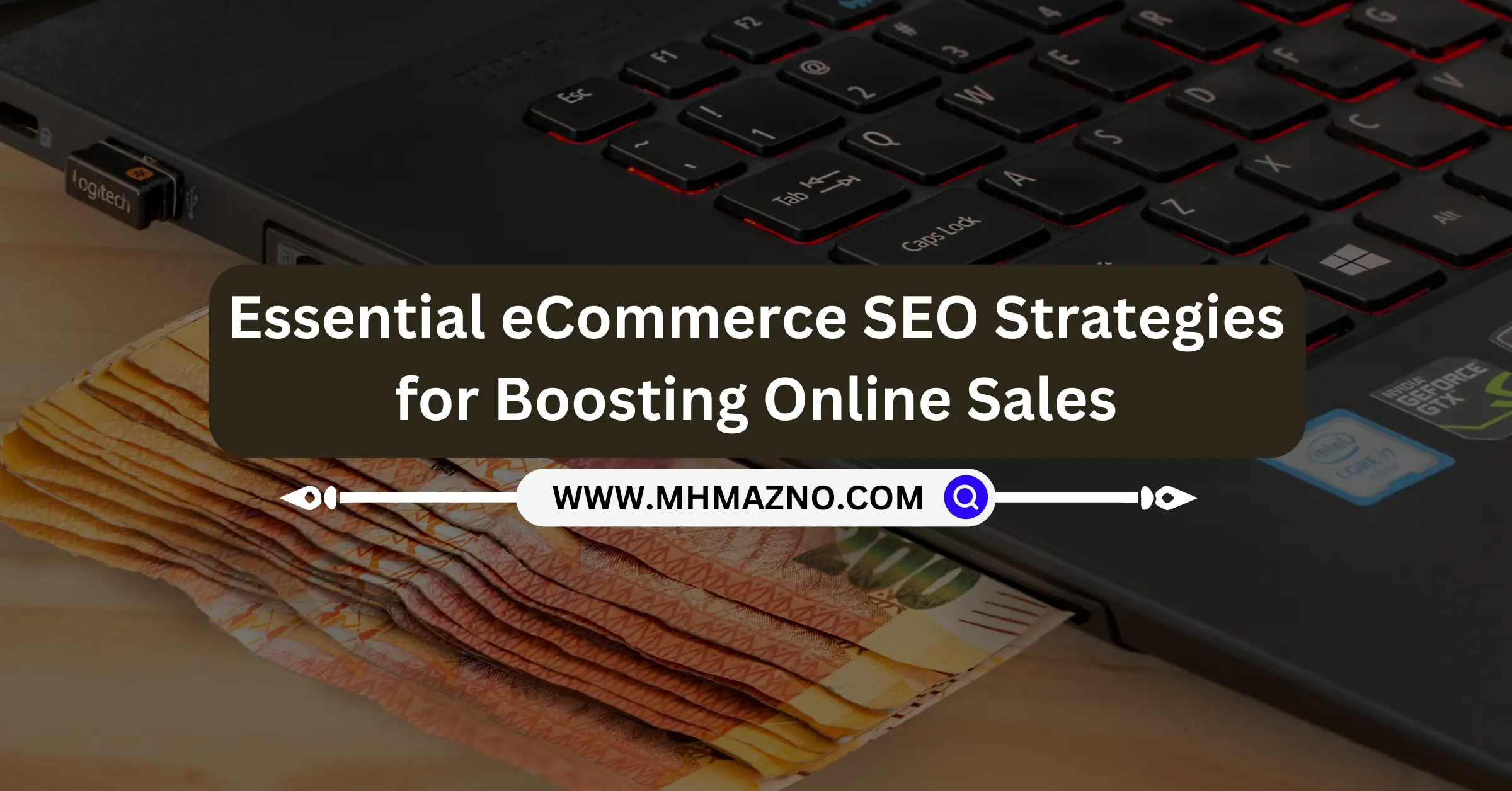Alright, let’s cut to the chase. You’re here because you want to boost your eCommerce sales, and you’ve probably heard about the magical powers of SEO. Well, it’s not magic, but done right, SEO can turn your online store into a traffic magnet and sales machine. Like building rockets, eCommerce SEO is all about precision and strategy. So, let’s dive into some essential SEO strategies that’ll get you to orbit. Buckle up.
1. Optimize Product Pages Like a Pro
Your product pages are your front line. They’re like the cockpit of your online store—where people decide whether to buy or bounce. Here’s how to optimize them for peak performance:
- Nail Your Keywords: Just like knowing the landing coordinates for a SpaceX booster, you need precise keywords. Use the right words in titles, descriptions, and even alt tags for images. Keywords should feel natural—don’t try to overstuff.
- Product Descriptions That Sell: You’re not writing for robots; you’re writing for humans. Make descriptions unique and persuasive. Avoid duplicate content at all costs, or Google will penalize you faster than gravity.
- High-Quality Images with Alt Text: People are visual. High-res images are a must, but they should load fast. Add alt tags to your images for SEO and accessibility.
2. Improve Site Structure and Navigation
A smooth UX is the key to converting visitors. Think of it like building a reusable rocket: the structure has to be rock solid.
- Build an Intuitive Site Hierarchy: Categories, subcategories, and product pages should be easy to navigate. A clean hierarchy lets Google (and users) understand your site structure. Breadcrumbs and internal linking? Yes, please.
- Internal Linking for SEO Superpowers: Use strategic links to guide users and search engines to your key pages. This is like placing refueling stations in space—each link adds to your SEO fuel.
3. Use Schema Markup to Stand Out
Schema markup is your secret weapon. If you’re not using it, you’re missing out on valuable real estate in Google’s search results.
- Product and Review Schema: Add schema markup to display product details like price, availability, and star ratings directly in the search results. You’ll capture more attention—and clicks.
- Enhanced Snippets: Schema markup helps Google understand your pages better, leading to those fancy rich snippets. The more data you give search engines, the better.
4. Prioritize Mobile Optimization
Welcome to the mobile-first world. If your site isn’t optimized for mobile, it’s game over. Remember, speed is everything.
- Responsive Design: Make sure your site looks great on any device, especially mobile. Most of your traffic will come from smartphones.
- Mobile-Friendly Navigation: People want quick access to what they’re looking for. Design an experience that’s as smooth as a Falcon 9 landing.
- Fast Checkout Process: Don’t lose sales at the last second. Your checkout flow should be streamlined and simple.
5. Optimize Site Speed Like Your Sales Depend on It (Because They Do)
If your site’s slow, it’s like a heavy rocket that just won’t launch. Speed matters—both for Google and for keeping your visitors happy.
- Minimize Page Load Times: Use image compression, reduce redirects, and try a Content Delivery Network (CDN). Faster site, happier customers.
- Test and Improve: Tools like Google’s PageSpeed Insights are your friends. Use them to identify bottlenecks and fix them ASAP.
6. Leverage Content Marketing for SEO
Content is the fuel for your eCommerce engine. You’re not just selling products; you’re solving problems.
- Start a Blog: A blog that covers tips, buying guides, and product comparisons will bring in organic traffic and help your SEO.
- Informational Content for Search Visibility: Content doesn’t just drive traffic; it builds authority. Think about what your customers want to know, and answer those questions better than anyone else.
- Product Guides and Comparisons: Help people choose by creating comparison articles or “best-of” guides. This is where you show your expertise and make sure potential buyers know you have what they’re looking for.
7. Focus on User-Generated Content (UGC)
UGC is like extra fuel—it keeps your SEO strategy running and builds trust with potential buyers.
- Encourage Reviews and Ratings: Reviews not only add to your SEO but also increase customer trust. Show people why they should buy from you, from other customers’ perspectives.
- Leverage Customer Photos and Videos: People love seeing real product experiences. Displaying UGC can drive more sales and improve your search rankings with fresh content.
FAQs
1. What is eCommerce SEO, and why is it important?
eCommerce SEO is the process of optimizing an online store to improve visibility in search engine results. This includes optimizing product pages, category pages, and technical site elements. It’s essential because it helps attract organic traffic from people actively searching for products like yours, ultimately increasing sales and brand recognition.
2. How do I choose the right keywords for my eCommerce site?
Start by researching keywords that are highly relevant to your products and target audience. Use tools like Ahrefs, SEMrush, or Google Keyword Planner to find keywords with a good balance of search volume and competition. Focus on product-related terms, category keywords, and long-tail keywords that reflect buyer intent.
3. Why is site speed so important for eCommerce SEO?
Site speed is crucial for both user experience and SEO. A fast site keeps visitors engaged and reduces bounce rates, while search engines reward quick-loading sites with higher rankings. To optimize site speed, compress images, use a content delivery network (CDN), and minimize redirects.
4. What is schema markup, and how does it benefit my eCommerce store?
Schema markup is a form of structured data that helps search engines understand your content. For eCommerce sites, schema markup can display product information, reviews, and prices directly in search results, leading to enhanced snippets that grab user attention and increase click-through rates.
5. How can content marketing help improve my eCommerce SEO?
Content marketing boosts SEO by providing valuable information to potential customers, increasing organic traffic, and building brand authority. By creating blog posts, product guides, and comparison articles, you target additional keywords, answer customer questions, and position your store as an industry expert.
Conclusion
There you have it. These are the core strategies to boost your eCommerce SEO and get your online store soaring. From optimizing product pages to using structured data, each step builds on the last to create a system that fuels growth. Now, go apply these strategies, keep testing, and prepare to see your sales rise like a Falcon 9 reaching for the stars.
Related Articles





